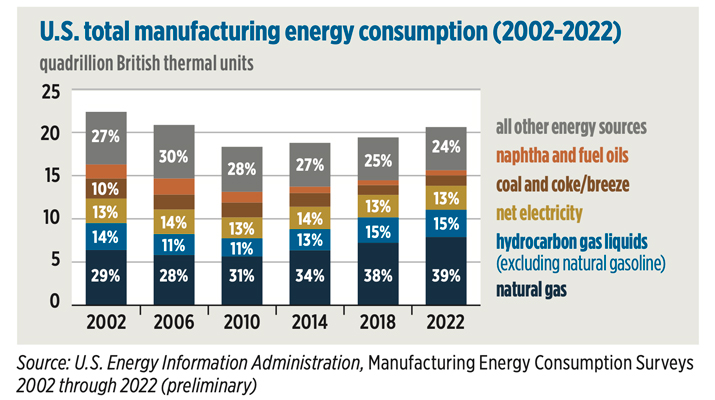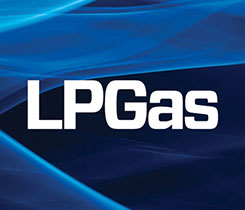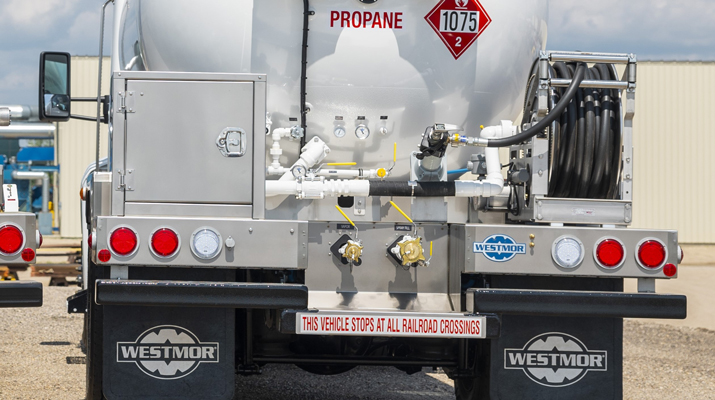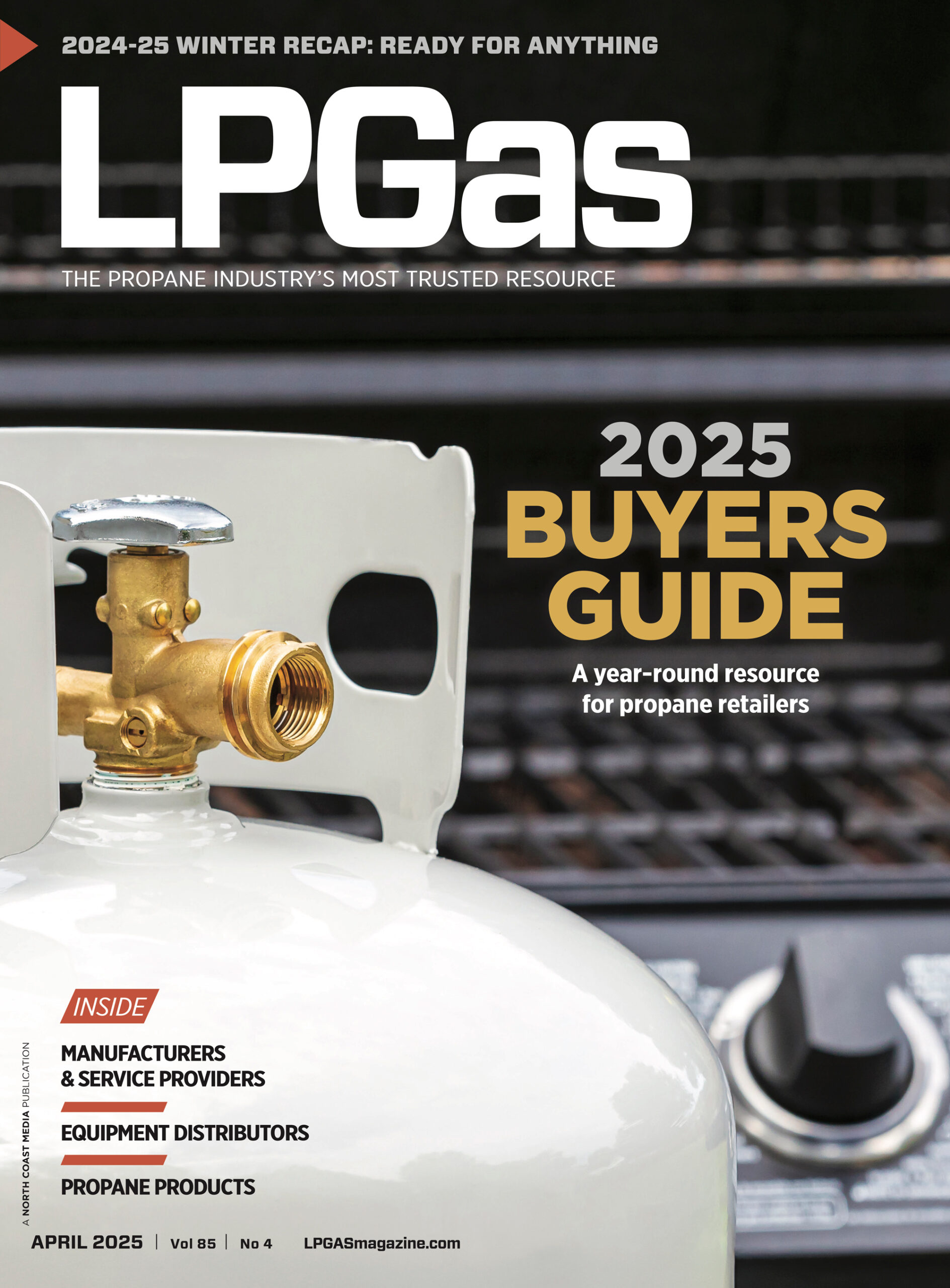How to choose the right size gas meter
Selecting the right-sized gas meter ensures a steady gas supply, customer confidence and safety.
The key to finding the right size is understanding your propane consumption, typically expressed in British thermal units per hour (Btu/hr) versus the demand and supply. Here is how you can accurately size your gas meter.
1. Calculate demand
The simplest method for calculating demand is to add the ratings of all gas appliances together using Btu/hr. Each appliance has a data plate with this rating. If a rating is in anything other than Btu/hr, you need to convert it before adding it to the other ratings.
Here are some examples of ratings of different appliances:
- Dryer: 30,000 Btu/hr
- Furnace: 80,000 Btu/hr
- Kitchen Range: 50,000 Btu/hr
- Water Heater: 40,000 Btu/hr
- Total demand: 200,000 Btu/hr
Gas meters are typically rated using natural gas, so one must calculate ratings for both natural gas and propane. A gas meter rated at a maximum capacity of 250 cu. ft. per hour (cfh) for natural gas can provide approximately 200,000 Btu/h of natural gas with a half-inch of water column (0.5 iwc) differential. The capacity calculation using propane is adjusted because it has a different specific gravity than natural gas. The same meter has a propane capacity of approximately 500,000 Btu/hr. If the meter’s capacity exceeds the demand, your gas meter’s size is acceptable. So, a home with a total demand of 200,000 Btu/hr will be fine using this size gas meter.
2. Diversity factor
It is rare for all gas appliances to be used simultaneously, so companies will apply what is called a diversity factor when sizing. The diversity factor is determined by evaluating if all appliances will be used simultaneously. However, when sizing, it’s essential to account for all appliances being used simultaneously at some point in the meter’s life. NFPA 54 defines the diversity factor as the ratio of the maximum probable demand to the maximum possible demand. Many companies use a diversity factor of 85 percent, which would bring the house’s demand in the above example to 170,000 Btu/hr.
3. Factor in line pressure
A propane residential gas system typically delivers at approximately 11 iwc. Some residential and commercial systems may operate at higher line pressures, such as 2 pounds per square inch (psi). You should determine your propane system’s line pressure. Elevated line pressure will drive more energy through your meter, allowing a smaller meter to supply a larger system. The meter manufacturer can provide sizing documentation to show the meter’s capacity at different line pressures.
4. Tailor sizing to your needs
The formula for determining the appropriate meter size involves considering the specific gas type, capacity and line pressure.
For natural gas, use the formula: Capacity (Btu/hr) = meter rating (cfh) × Btu/cf of natural gas.
For propane, adapt the formula: Capacity (Btu/hr) = meter rating (cfh) × Btu/cf of propane.
Once you have the required capacity, you can use the manufacturer’s sizing chart for the meter’s desired operating differential and your propane system line pressure to get the correct sizing.
5. Seek advice and verify
Even with these formulas, consulting with propane gas metering professionals can help you be more accurate. These professionals can offer insights into the latest industry practices and help you avoid common pitfalls. Additionally, refining your calculations based on specific system needs and industry standards will make sure the chosen meter aligns perfectly with your system’s requirements.
6. Conversions
Understanding conversions is crucial for accurate calculations. For example, to convert the volume of propane in a vapor state (in cubic feet) to its volume in a liquid state (in gallons), start with the vapor volume in cubic feet. Then multiply the vapor volume by the product of the number of Btu in a cubic foot of propane (2,488 Btu) divided by the number of Btu in a gallon of propane (91,502), which equals 0.02719006.
This gives us the formula: Vapor volume × 0.02719006 = liquid volume
Where:
- Vapor volume is in cubic feet.
- Liquid volume is in gallons.
You will find some variables in the list of quantities of Btu in propane, so you should source the numbers used by your company.
Selecting the proper meter involves understanding your propane system’s total demand, applying a diversity factor, assessing line pressure and determining your needs. By following these steps, you can ensure a safe and reliable gas supply for the propane consumer. Consumers trust the propane technician to install the right equipment to provide safe and reliable energy.
Randy Warner is product safety manager for Cavagna North America. He can be reached at randywarner@us.cavagnagroup.com.
NOTE: The opinions and viewpoints expressed herein are solely the author’s and should in no way be interpreted as those of LP Gas magazine or any of its staff members.
Related Articles
Smart meters add advantages for propane retailers, customers
















